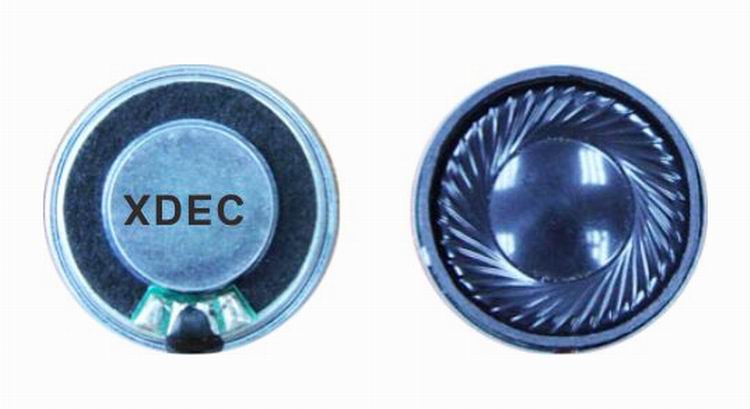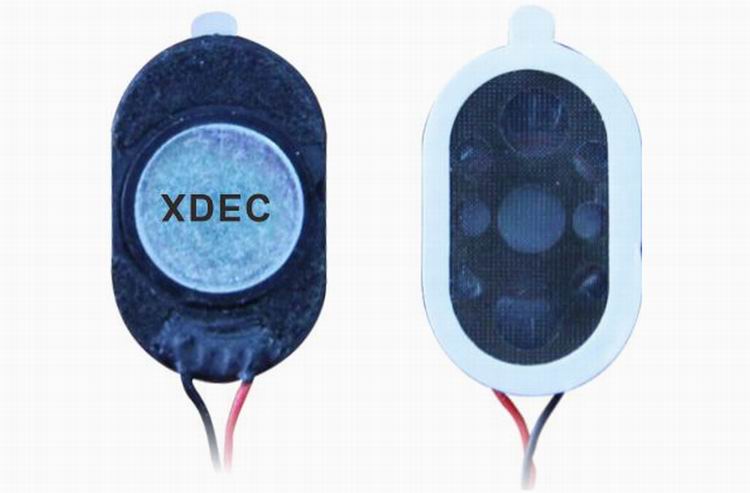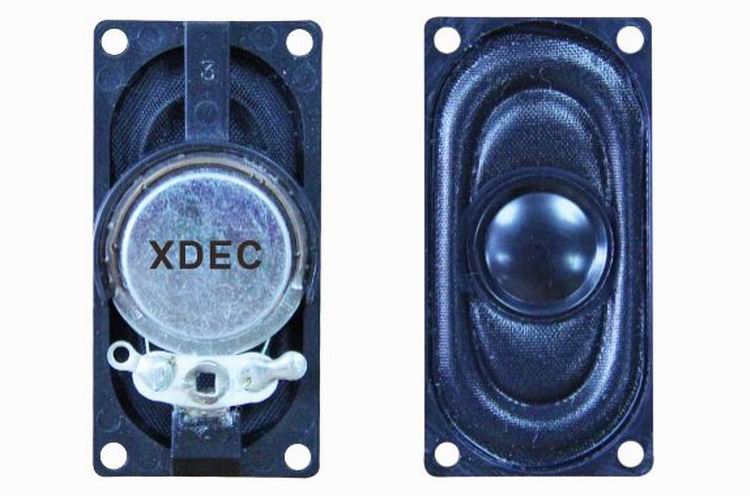DOE selects Sandia National Laboratory Center for Solid-State Lighting research and development
Sandia will conduct vital solid-state lighting research and coordinate related research efforts at several other national laboratories.
DOE will provide funding of $5 million for seven research projects in solid-state lighting, including $2.6 million for four Sandia projects, Bodman said. The coming comes from DOEs Office of Energy Efficiency and Renewable Energy.
Sandia is a National Nuclear Security Administration laboratory.
"The research will be conducted at the new nanotechnology centers at our national laboratories," Bodman said, including the just dedicated Sandia/Los Alamos Center for Integrated Nanotechnologies (CINT). "This is part of nearly $20 million we are committing this year to Support research and development efforts in this rapidly emerging technology."
Also in attendance at the news conference were National Nuclear Security Administration Administrator Linton Brooks, Sandia President and Laboratories Director Tom Hunter, Sens. Pete Domenici, RN.M., and Jeff Bingaman, DN.M, Rep. Heather Wilson, RN.M . and Los Alamos National Laboratory Director Michael Anastasio. Before the announcement, the entourage got a tour and briefing about the Center for Integrated Nanotechnologies (CINT) and its capabilities.
Bodman laid out the case for investment in solid-state lighting R&D, noting that 18 percent of all US energy generated - valued at some $55 billion - goes to lighting homes, offices, and factories.
"We believe a set of revolutionary new technologies called solid-state lighting," Bodman said, "offer excellent prospects for meeting our future lighting needs in a less costly, more efficient way than todays incandescent and even fluorescent fixtures. . . . The Department of Energy want to see it fully developed as quickly as possible.
"We also believe that solid-state lighting presents an excellent opportunity for the US to assume a of an emerging industry that can generate thousands of high-paying, high quality jobs in the years ahead and help maintain the US economys strong record of Local leadership in growth and jobs creation."
Regarding jobs creation, Bingaman in prepared remarks said he hoped the tens of thousands of high-paying jobs that will emerge in this budding industry in the next few years will stay in the US - and in New Mexico - rather than go overseas. Bingaman, An early and ardent supporter of investment in solid-state lighting R&D, said in a news release distributed in conjunction with Bodmans announcement, "It makes sense that this research will be done right here at Sandia, where scientists are already hard at work developing this Technology."
During the news conference, Bingaman singled out Jerry Simmons, senior manager of Sandias Energy Sciences Department, for his "many years of working in the vineyards" of solid-state lighting research.
He said there are are ways of crude oil from overseas. He said the investment in solid-state lighting R&D is a tangible Demonstration that the current administration cares about the issue and is funding research that can actually help reduce energy use.
"There will be spin-offs" from this research, he said, and the labs involved will find "the longest waiting list theyve ever seen" for partners from industry and academia eager to collaborate On research projects.
"It is going to be rather exciting to watch," he said.
Wilson noted that for every intersection in Albuquerque where the traffic signals have been changed to use LED lights, the city saves about $1,000 a year.

Learning Machine speaker is a kind of micro speaker unit which uses a diaphragm made of Mylar material. Mylar speakers are of ultrathin design and lightweight and clear voice. It is widely used in education industry (storyteller, voice E-book, repeater, reading pen-).
There are two types of Mylar speakers from the shapes:
1) Round shapes, we have products from 10mm to 57mm in diameter.
2) Oblong shape, we have products in sizes of 1510/1712/1813-..




FAQ
Q1. What is the MOQ?
XDEC: 2000pcs for one model.
Q2. What is the delivery lead time?
XDEC: 15 days for normal orders, 10 days for urgent orders.
Q3. What are the payment methods?
XDEC: T/T, PayPal, Western Union, Money Gram.
Q4. Can you offer samples for testing?
XDEC: Yes, we offer free samples.
Q5. How soon can you send samples?
XDEC: We can send samples in 3-5 days.
Learning Machine Speaker
Learning Machine Speaker,Reading Pen Speaker,Story Machine Speaker,Stereo Speakers
Shenzhen Xuanda Electronics Co., Ltd , http://www.xdecspeaker.com